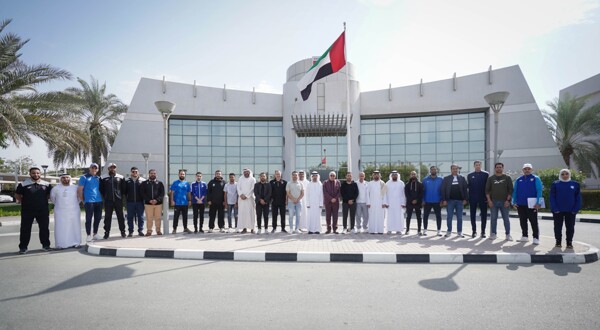
Within the framework of the strategy for the development of safe, advanced, and sustainable transport solutions, the goal is to mitigate congestion problems and establish a global standard for future urban air mobility systems. This was announced by the Director General of the General Civil Aviation Authority (GCAA) Saif Mohammed Al Suwaidi. He noted that creating an air corridor map for piloted and autonomous air taxis, as well as drones, is an important step that will allow the seamless integration of advanced aerial technologies into the infrastructure of the UAE. "The development of air corridors and the establishment of a regulatory framework for piloted and autonomous air taxis and cargo drones is a significant step forward," emphasized Stephan Timpano from ASPIRE. He added that in the next 20 months, air routes will be defined, connecting key international airports and important locations in the UAE, to ensure seamless integration of piloted and autonomous air taxis and cargo drones across the entire territory of the country. To achieve this goal, GCAA, the Technology Innovation Institute (TII), and ASPIRE have signed a strategic partnership for the exchange of technical knowledge in the field of airspace management. The partners aim to ensure safe integration of piloted and autonomous air taxis and cargo drones into urban environments, ensuring that the highest levels of safety and operational efficiency are maintained. New air routes will offer innovative solutions for passenger and cargo transportation, reducing pressure on traditional road networks and improving connectivity. This initiative is an important step in the UAE's efforts to shape the future of urban mobility.














